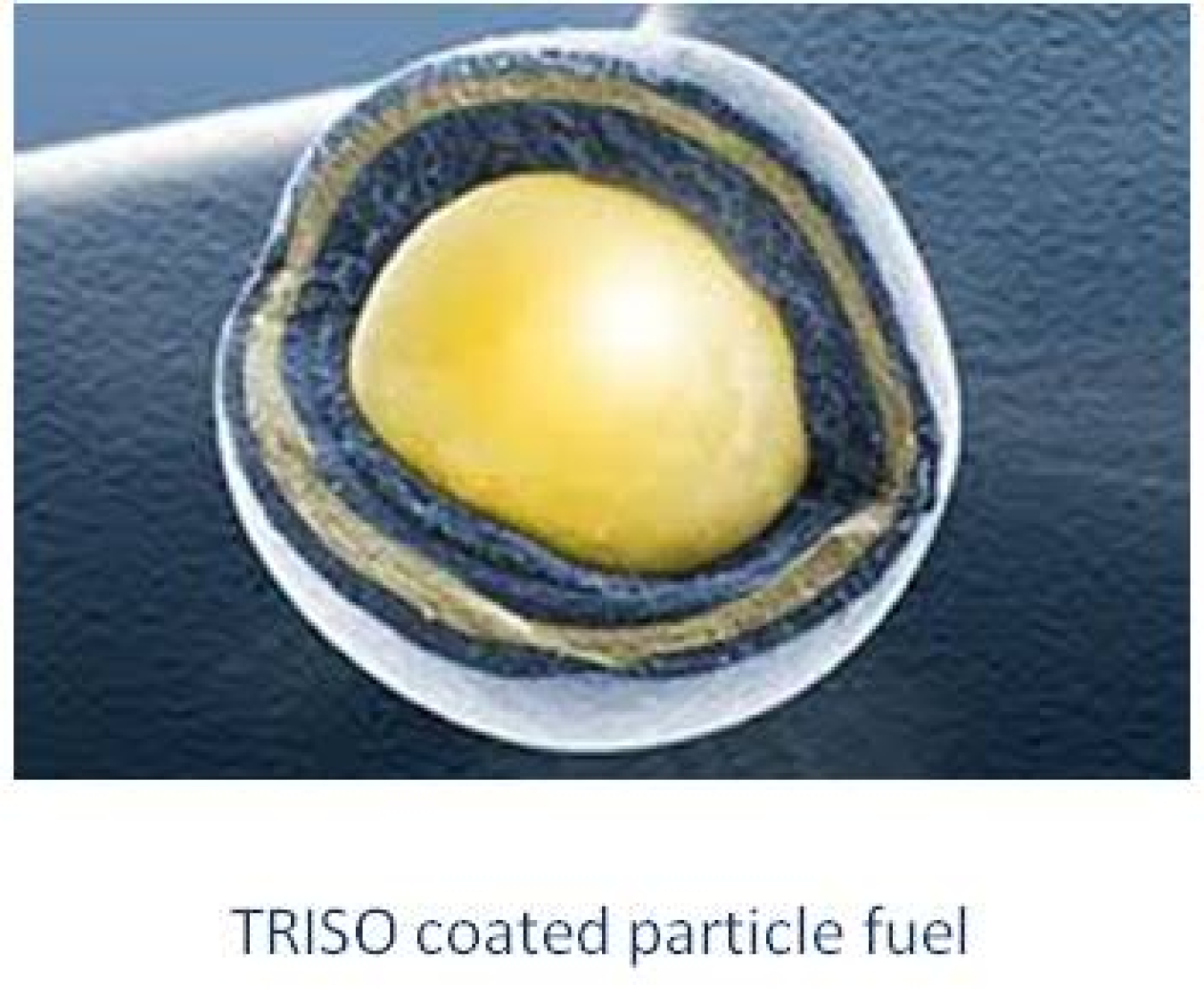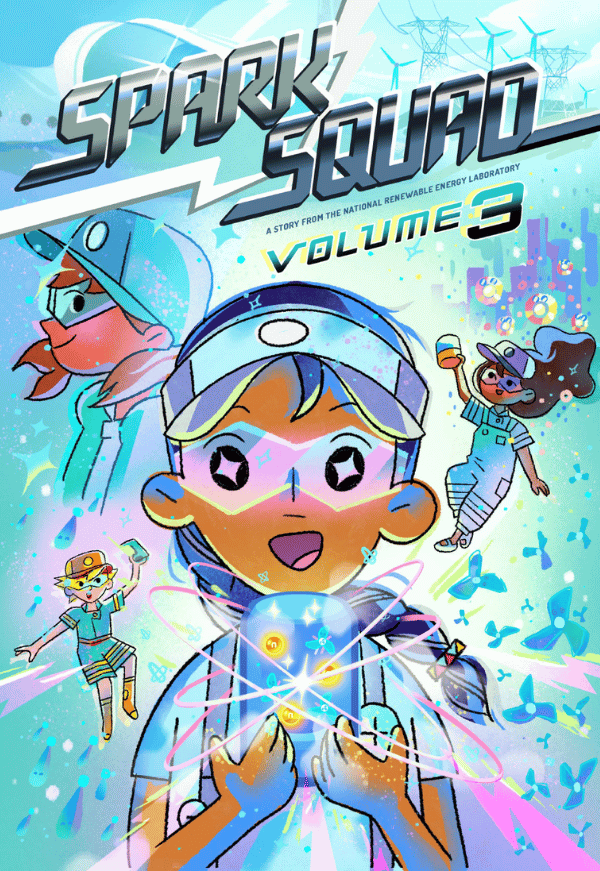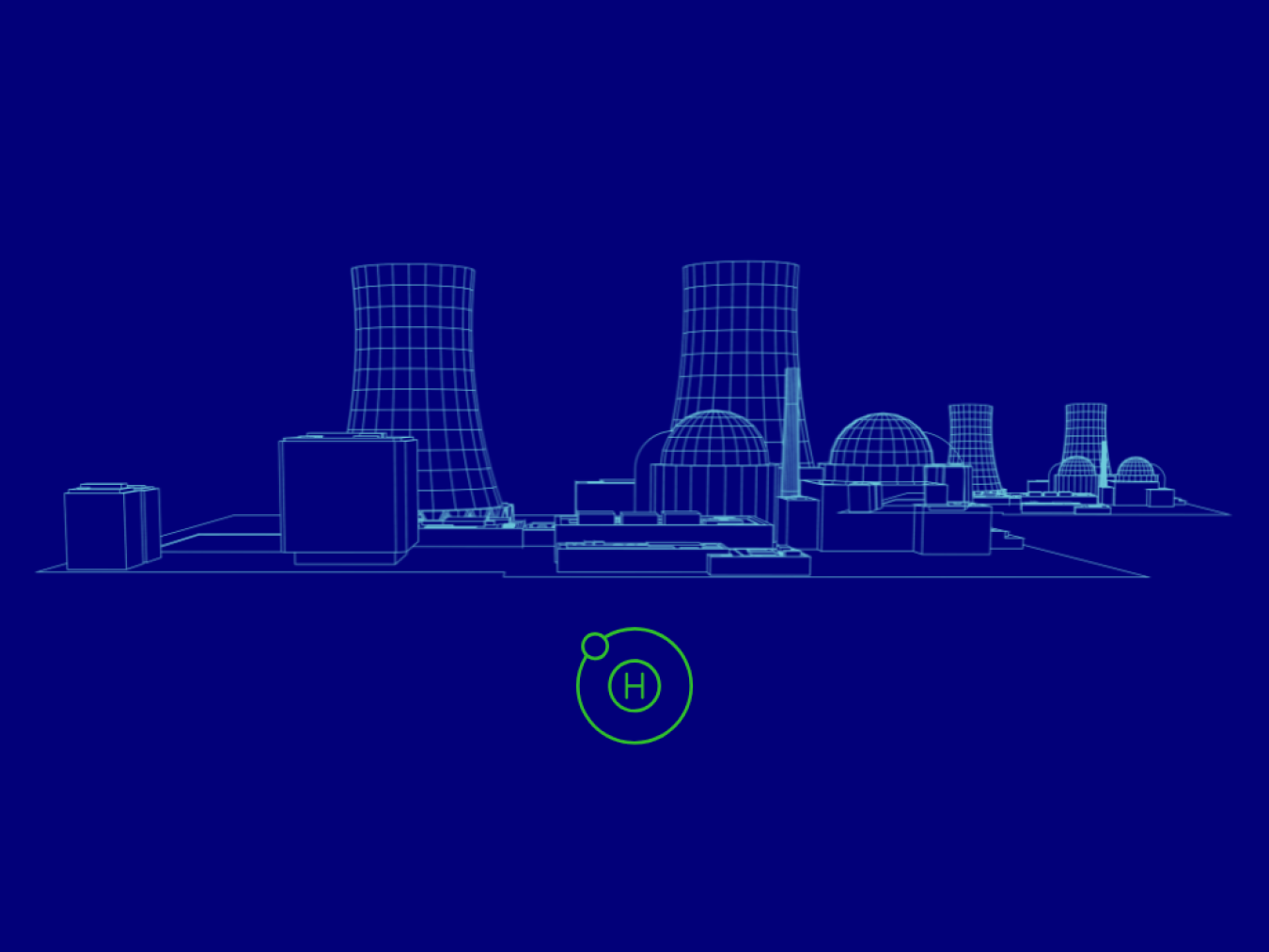Highlights
-

- Nuclear
- Nuclear Security & Safety
The LWRS program conducts research to develop technologies and other solutions to improve the economics and reliability, sustain the safety ...April 30, 2020 -
 The Advanced Reactor Technologies Office sponsors research, development and deployment activities.June 28, 2022
The Advanced Reactor Technologies Office sponsors research, development and deployment activities.June 28, 2022 -
- Energy Policy
- Nuclear
- Science & Technology
Powerful imperatives drive the continued need for nuclear power, among them the need for reliable, baseload electricity.March 30, 2020
Nuclear Power in the United States
The U.S. Department of Energy is working to re-energize the domestic nuclear sector by nurturing collaborations among universities, national laboratories, and industry to advance nuclear science and develop a range of nuclear technology solutions to help maintain and expand the nation’s nuclear fleet.
Optimizing the Existing Fleet
The United States operates the largest fleet of commercial reactors in the world with 94 units in operation in 28 states. These reactors generate nearly half of the nation’s clean energy supply and enhance energy security by providing reliable, around-the-clock power.
DOE is working to ensure these reactors continue to operate by conducting research and developing technologies that will improve the economics and reliability, sustain the safety, and extend the operation of our nation’s current fleet.
Historic investments, along with tax incentives and programs like the Civil Nuclear Credit Program, are helping the United States nuclear industry successfully extend the life of the existing fleet, restart qualified retired plants, and accelerate the deployment and demonstration of advanced large-scale reactors.
With bipartisan support from Congress, DOE has provided more than $2 billion in funding to support the current fleet, including keeping Diablo Canyon running and the unprecedented restart of the Palisades Plant.
DOE is also supporting research, development, and demonstration programs to strengthen and modernize our nation’s power grid to accommodate advances in nuclear power generation and maintain a reliable, resilient, and secure electricity delivery infrastructure.
Building Advanced Reactors
Advanced nuclear energy systems will provide important options to communities working to meet their energy needs. New reactor concepts come in a range of sizes, from a few megawatts electric (MWe) to more than 1,000 MWe. Many advanced nuclear reactors are designed to adjust their electricity output making them far more compatible to work alongside variable renewable technologies. Some advanced reactors can also provide process heat to help decarbonize the industrial and transportation sectors and assist in producing clean hydrogen.
Dozens of U.S. companies are developing advanced reactors with the potential for greater flexibility in power, size, and operations, making them more affordable to build and operate. Some of these technologies could be online as soon as the early 2030s. DOE is supporting all stages of development through several programs aimed at bringing advanced reactor systems to market:
- Advanced Reactor Demonstration Program (ARDP) aims to speed the demonstration of advanced reactors through cost-shared partnerships with U.S. industry. ARDP leverages the National Reactor Innovation Center (NRIC) to efficiently test and assess technologies by using the national laboratory system to move these reactors from blueprints to reality.
- Gateway for Advanced Innovation in Nuclear (GAIN) provides the nuclear energy community with access to the technical, regulatory, and financial support necessary to move new or advanced nuclear reactor designs toward commercialization while ensuring the continued safe, reliable and economic operation of the existing nuclear fleet.
- The Office of Advanced Reactor Technologies (ART) sponsors research and development activities for advanced reactors, including molten salt reactors, high temperature gas-cooled reactors, liquid metal fast reactors, and microreactor concepts, to promote safety, technical, economic and environmental advancements of innovative nuclear energy technologies.
- Generation III+ Small Modular Reactor (SMR) Program intends to de-risk first-of-a-kind light-water SMR deployments and establish an orderbook for follow-on deployments. In October 2024, DOE released a funding solicitation to provide up to $900 million through the program.
Securing and Sustaining the Nuclear Fuel Cycle
A reliable nuclear fuel supply is essential for powering the current nuclear fleet and deploying new advanced reactors.
DOE is committed to working with its partners and allies to develop robust domestic nuclear fuel supply chains to ensure there is enough low-enriched uranium and high-assay low-enriched uranium available to meet the future needs of U.S. nuclear power plants. Reestablishing these capabilities will help ensure sustainable fuel cycles, improve uranium utilization, and maximize energy generation while minimizing waste and enhancing safety.
The production of nuclear energy also requires proper management of spent nuclear fuel. The U.S. generates about 2,000 metric tons of spent nuclear fuel each year. That may sound like a lot, but the volume is roughly equivalent to less than half the volume of an Olympic-sized swimming pool.
The nation’s spent fuel is safely and securely stored at more than 70 reactor sites across the country. DOE is actively working to identify one or more sites for the consolidated interim storage of spent nuclear fuel using a consent-based siting approach until a permanent disposal solution is determined by the federal government.
Hot Read

Join the Spark Squad in learning about nuclear energy as they strive to collect enough joules to qualify for the regional Power Fair!
What Is Nuclear Energy?
Watch this quick video to learn more about how Nuclear Energy works and how it can benefit our communities.
Press Releases
From Our Blogs
-

- Nuclear Energy
- Clean Hydrogen Production Tax Credit (45V)
- Nuclear
January 16, 2025 -
- Nuclear Energy
- Next-Generation Energy Technologies
- Commercial Implementation
- National Labs
- Deployment
December 3, 2024
Upcoming Events
Supporting Offices
-
-
- Carbon Management
- Environmental and Legacy Management
- Decarbonization
- Bipartisan Infrastructure Law
- Tribal Energy Access
-

